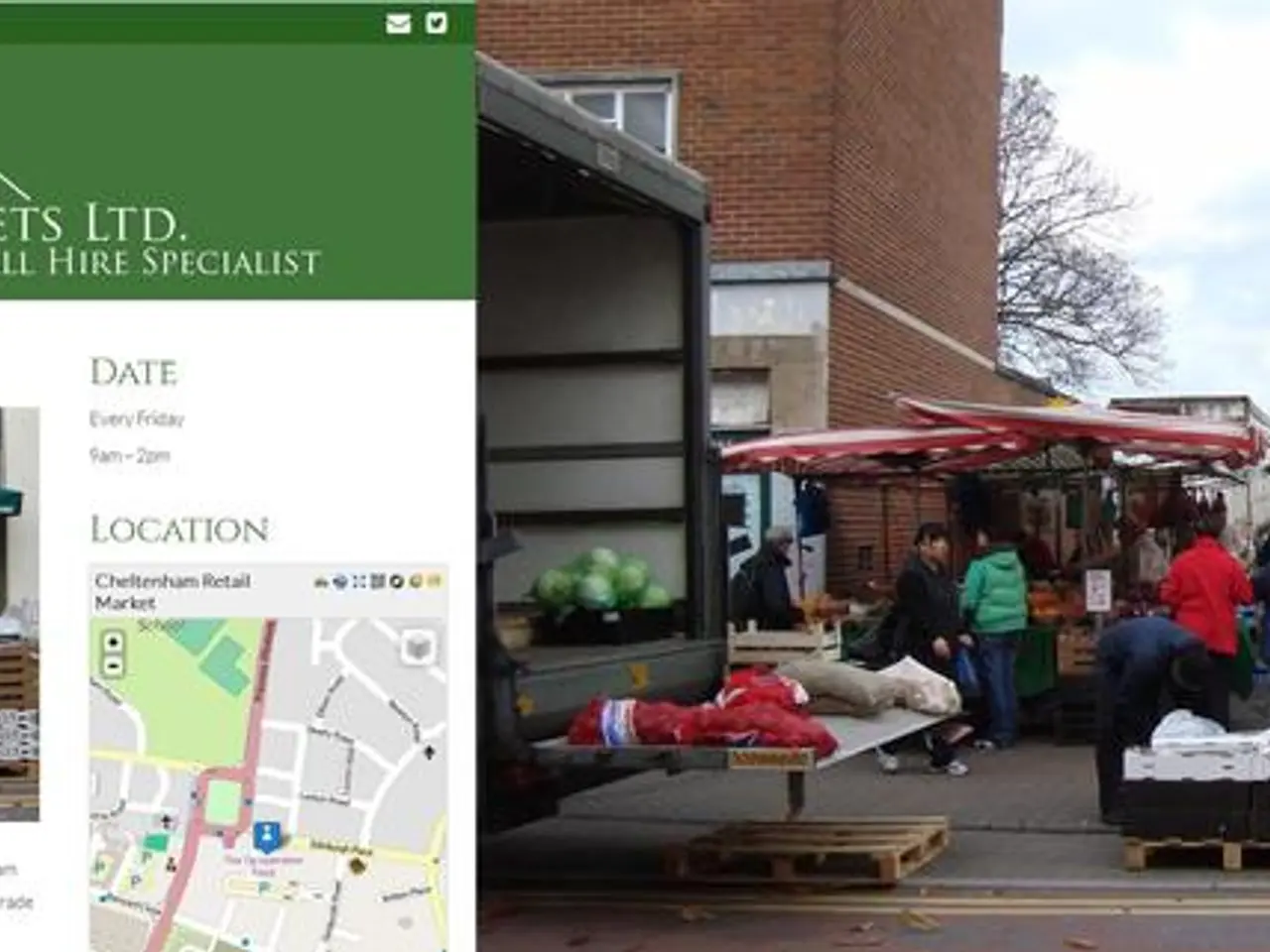Revenue flourishing, profits meager for postal and delivery services
Domestic postal and delivery companies in Vietnam are adapting their strategies to maintain profitability and competitiveness in the rapidly growing e-commerce market. Despite facing challenges such as cost pressures and labour shortages, the sector is poised for significant growth.
VNPost Express, for instance, is revising its business model and increasing promotional activities to attract and retain customers. Vietnam Post, on the other hand, is transitioning from a traditional postal company into a service technology enterprise, focusing on improving pricing strategies and operational efficiencies.
Diversification through retail logistics is another strategy being employed. Vietnam Post is developing the Bach hoa buu dien (Postal Supermarket) chain, aiming to become one of Vietnam’s top three retail systems by 2030. This initiative integrates logistics with retail, expanding the company's ecosystem and customer touchpoints.
To counter international competitors adopting tech-driven, low-cost franchise models, domestic companies are investing heavily in advanced technology to accelerate delivery times and reduce costs. This focus on technology adoption is crucial for enhancing service quality and delivery speed, as competition in the market is expected to shift from pricing to these factors in the near future.
Recognizing the thin profit margins (around 3%) in the market due to fierce price wars, domestic firms are focusing on operational scale, technological backbone, and long-term adaptability rather than short-term margin gains. They are also emphasizing building their own service ecosystems and partnerships, as seen with Vietnam Post’s retail chain development.
The sector is experiencing impressive growth, with the postal and delivery market in Vietnam recording an increase of 12.8% in the first half of this year. The total industry revenue for the period is estimated at VNĐ38.3 trillion (US$1.46 billion). The sector contributed about VNĐ2.95 trillion to the State budget, a 14.3% rise over the same period last year.
The e-commerce market in Vietnam is projected to reach $33 billion this year, creating opportunities for logistics and delivery providers. However, the market is also attracting international players like Alibaba, Tencent, J&T Express, ZTO, SF, and Ninja Van, intensifying competition in the sector.
Despite these challenges, the postal and delivery market in Vietnam is projected to hit $10 billion by 2030, with annual growth of 20-30%. Viettel Post has set a consolidated revenue target of VNĐ21.028 trillion for the year, up 1% from last year, and a post-tax profit of VNĐ405 billion, up 6%.
In conclusion, domestic postal and delivery firms in Vietnam are focusing on technology adoption, operational efficiency, diversified retail logistics integration, and strategic, long-term ecosystem building to maintain profitability and competitiveness against international entrants in a rapidly growing, highly competitive e-commerce market.
- AI is being integrated into the business strategies of postal and delivery companies in Vietnam to accelerate delivery times and reduce costs.
- The rapidly growing e-commerce market has led domestic companies to transition into service technology enterprises, focusing on pricing strategies and operational efficiencies.
- Recognizing the importance of technology in the economy, Vietnam Post is developing the Bach hoa buu dien (Postal Supermarket) chain to expand its ecosystem and customer touchpoints.
- International competitors are adopting tech-driven, low-cost franchise models, prompting domestic companies to invest heavily in technology and lifestyle-centered strategies.
- The e-commerce market in Vietnam is attracting international players like Alibaba, Tencent, and Ninja Van, leading to a projected growth of $10 billion by 2030.
- To maintain profitability and competitiveness, local firms are focusing on operational scale, technological backbone, and long-term adaptability, while also building their own service ecosystems and partnerships.




